A Journey Through Time and Nature’s Bounty
Nestled in the heart of the Himalayas, Manali is more than a scenic getaway—it’s a place steeped in myths, history, and vibrant culture. Known for its lush green valleys, snow-capped peaks, and adventurous allure, Manali has charmed travelers for centuries. But beyond the breathtaking views, there’s a fascinating history that brings depth to this beautiful town.
Ancient Roots and Mythological Beginnings
Manali derives its name from Manu, the ancient Hindu sage believed to have been the creator of humanity in Hindu mythology. According to legend, Manu survived a catastrophic flood that submerged the world by building an ark and coming to rest in this beautiful valley. As the waters receded, he is said to have meditated here, giving birth to the earliest communities in the valley. This sacred connection still resonates in the region today, with the iconic Manu Temple in Old Manali being a major pilgrimage spot.
The Kingdom of Kullu Valley
Historically, Manali has been part of the larger Kullu Valley, which was ruled by local dynasties and princely states over centuries. The valley’s history is often interwoven with the rise and fall of various kingdoms and the influence of Tibetan and Indian rulers. Its geographical location made it a crucial stop on ancient trade routes, connecting India with Tibet and Central Asia. Traders, pilgrims, and explorers from distant lands have crossed these trails, enriching the valley with diverse cultural influences.
Manali’s Role in British India
Manali became a place of strategic interest for the British in the 19th century, as they expanded their reach into the Indian subcontinent. Recognizing the region’s scenic beauty, temperate climate, and strategic position in the Himalayas, British officers and their families began visiting Kullu Valley. This influx led to infrastructure development, including the creation of colonial-style cottages, plantations, and roads, which connected Manali to other parts of Himachal Pradesh and Punjab. This foundation set the stage for Manali’s rise as a travel destination.
The Birth of a Tourism Hub
Post-independence, Manali’s popularity surged as infrastructure improved and adventurous travelers sought out its beauty. By the 1980s, Manali had become a favorite haunt for backpackers and nature lovers. Known as the “Honeymoon Capital of India,” the town quickly gained a reputation for its idyllic landscapes and became an essential stop on the Himalayan circuit.
Today, Manali is a vibrant tourist hub, offering everything from skiing and paragliding to treks and river rafting. The town has developed a unique character that blends its natural beauty with the thrills of adventure tourism, all while staying true to its historical roots.
Old Manali: A Glimpse Into the Past
While New Manali bustles with modernity, Old Manali preserves the essence of its past. The winding streets, traditional wooden houses, and the presence of the historic Manu Temple offer visitors a glimpse into the town’s origins. The area around Hadimba Temple, dedicated to the local deity Hadimba Devi, is another historic landmark. Built in 1553, the temple stands as a beautiful example of wooden architecture and is an essential cultural symbol in the valley.
Manali Today: Where History Meets Adventure
Modern-day Manali is a harmonious blend of past and present. You can still find the traditional Himachali architecture in Old Manali, intermixed with quaint cafes, bustling markets, and art that celebrates both local and global influences. The town is not only a gateway to adventure in the Himalayas but also a place that proudly preserves its cultural heritage.
From the legend of Manu to the present-day haven for adventurers and peace-seekers alike, Manali is a place where every turn tells a story. With a history as rich as its landscapes, Manali invites you to explore not only its beauty but also its legacy. Whether you come for the history, the culture, or the thrill of the mountains, Manali offers an experience that stays with you long after you’ve left its valleys.

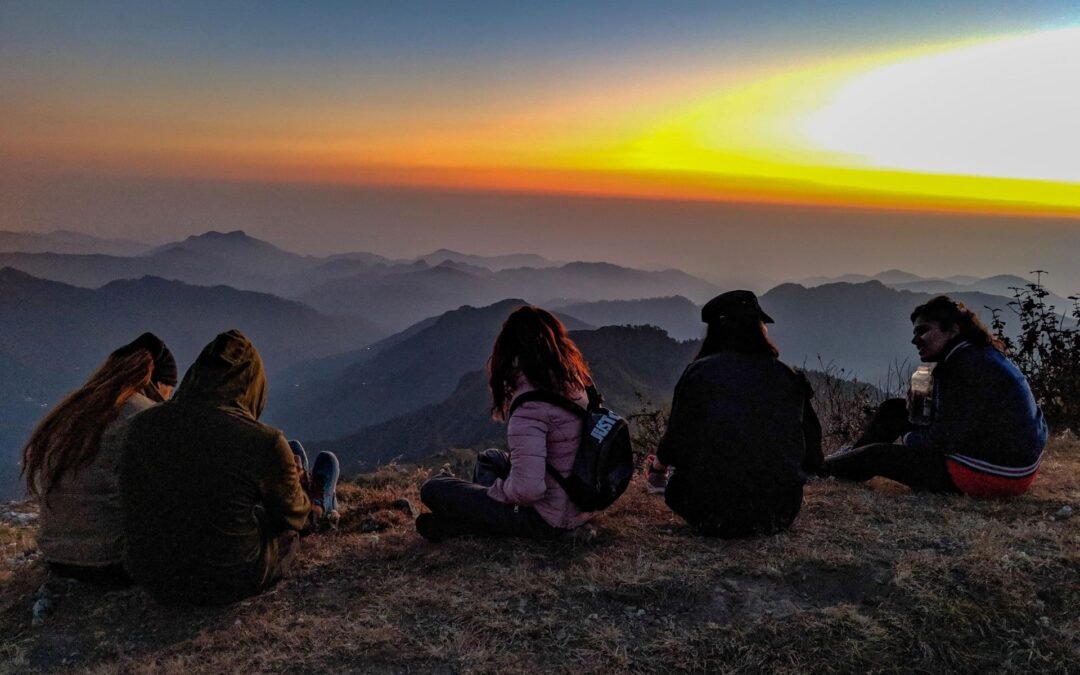

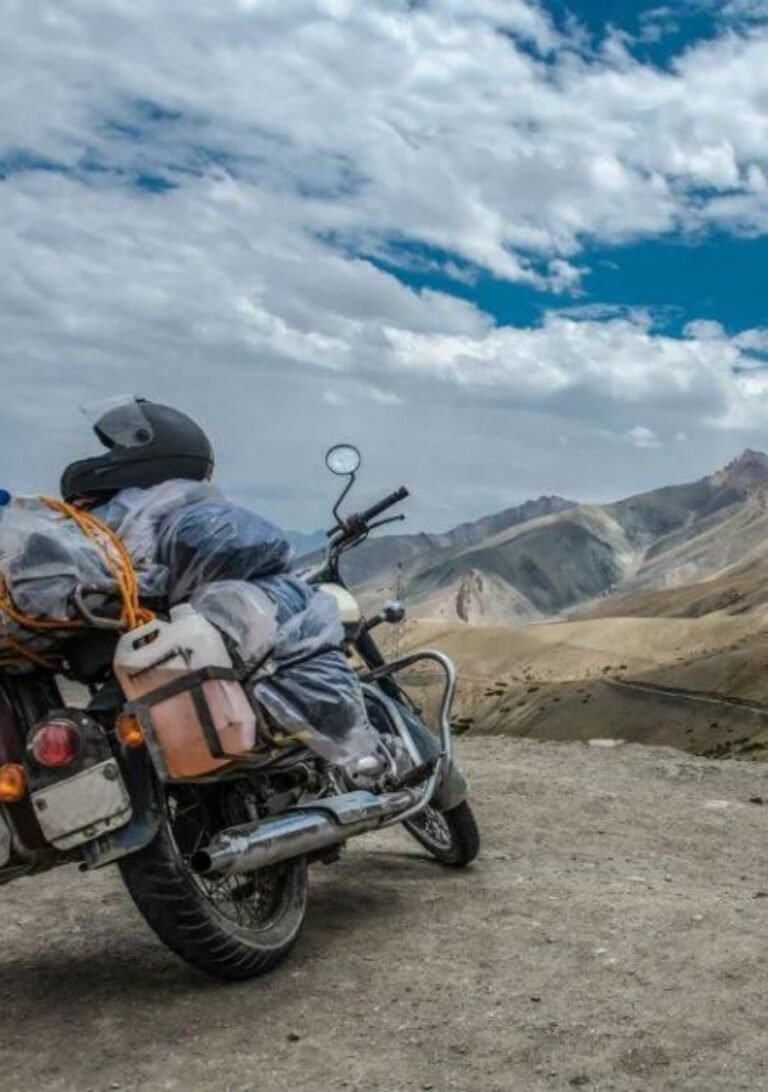
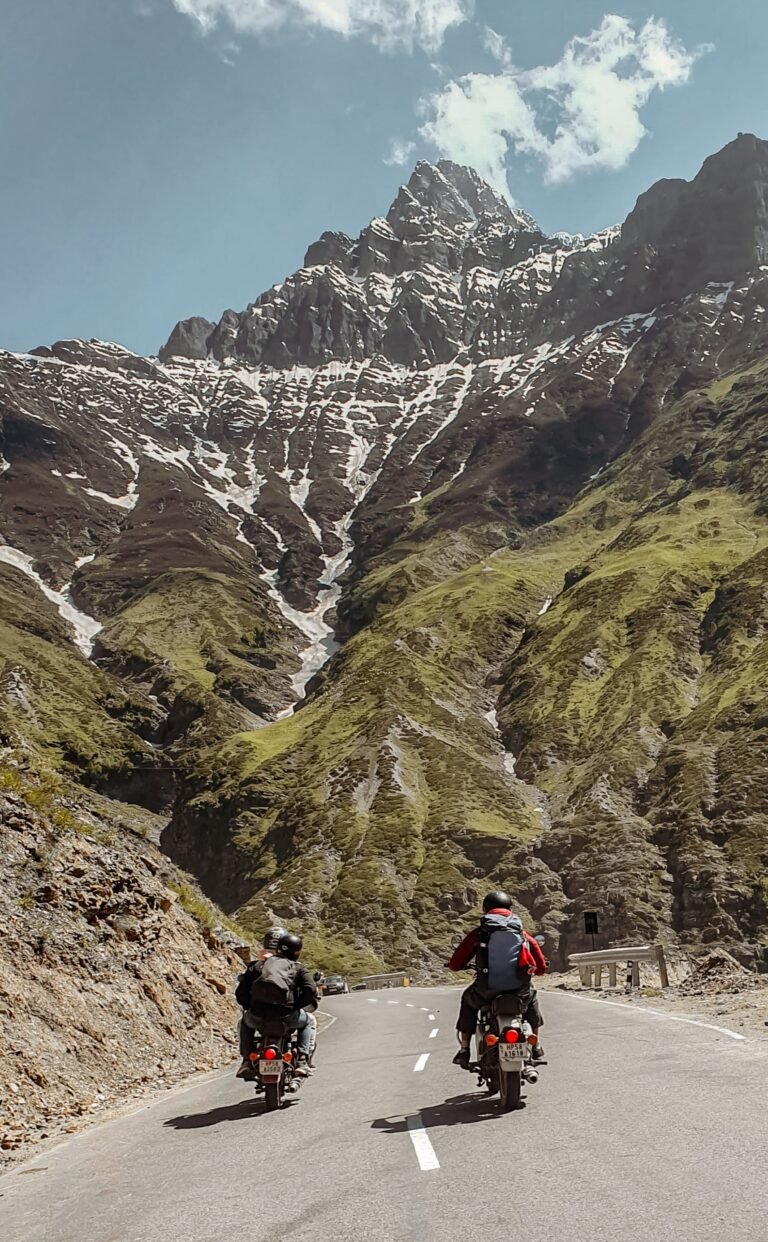
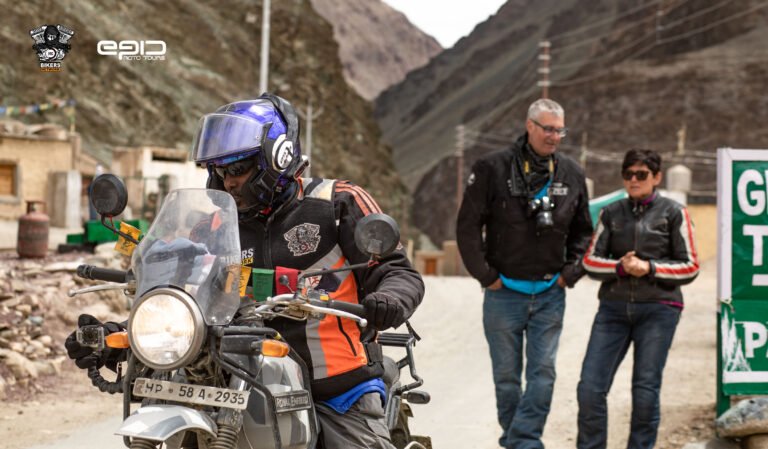


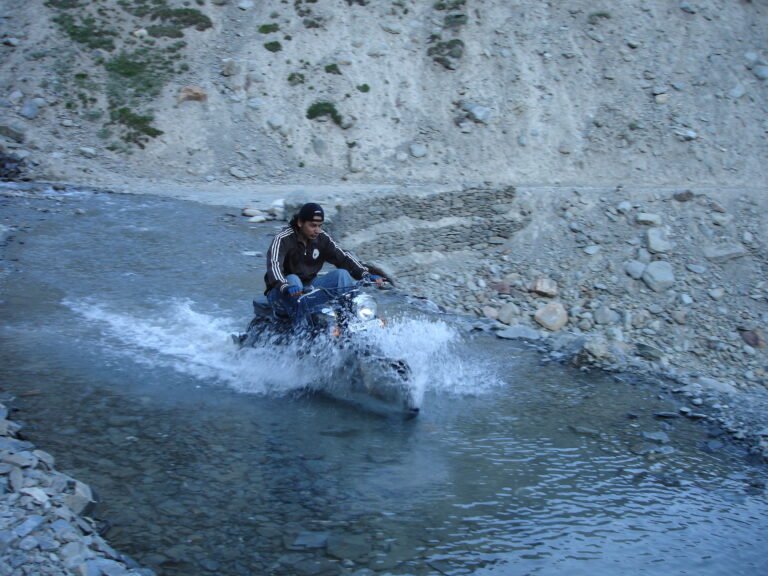





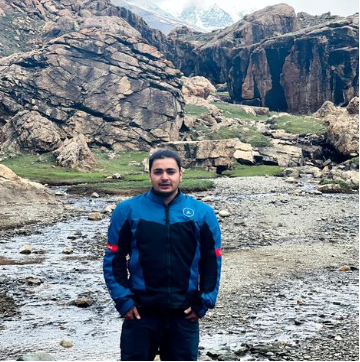
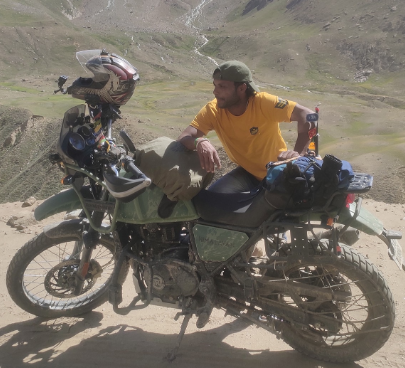
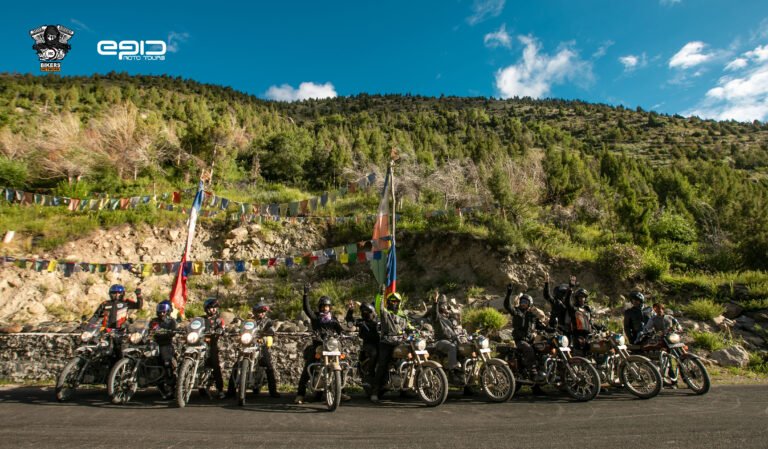




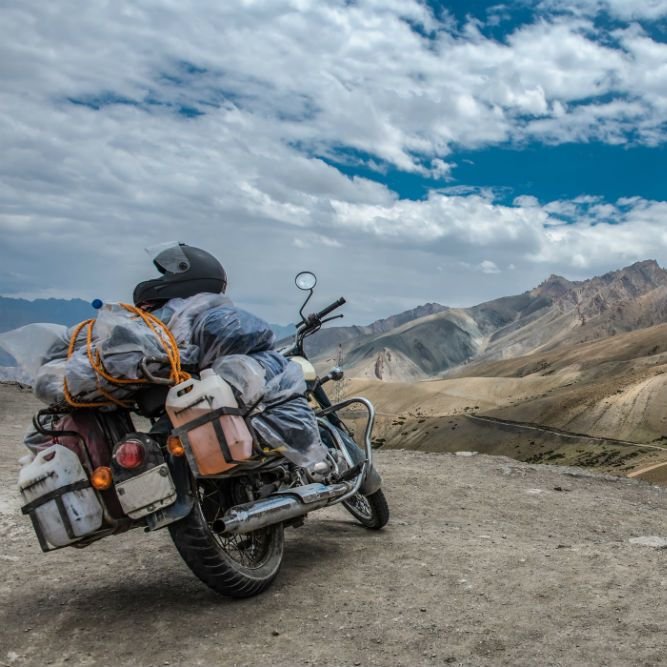

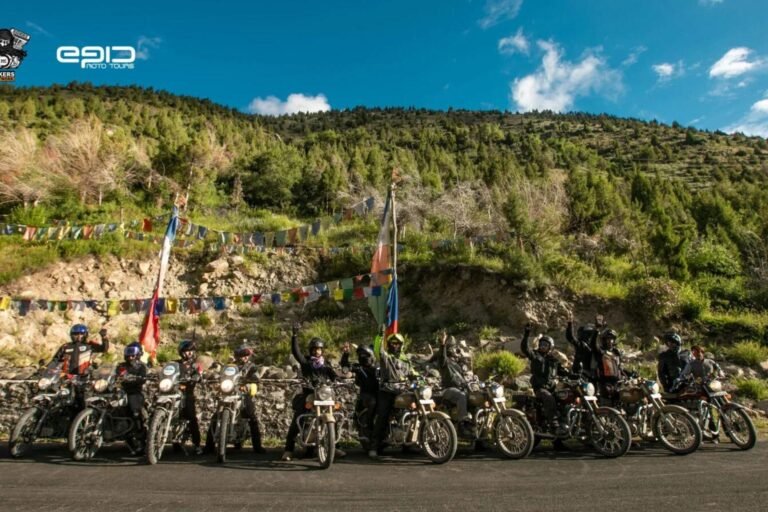





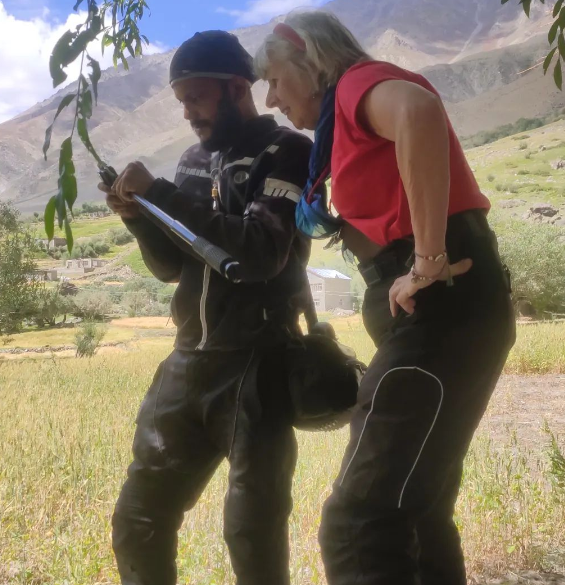
Recent Comments